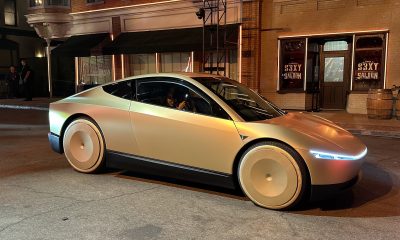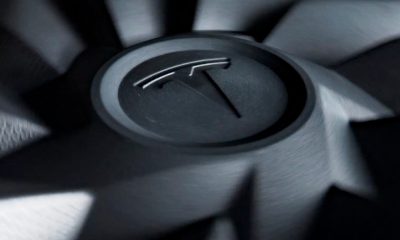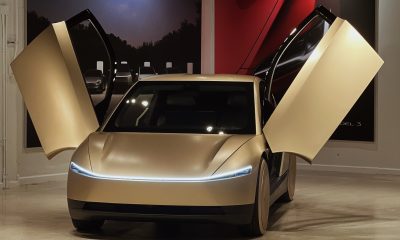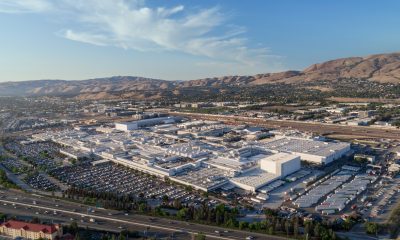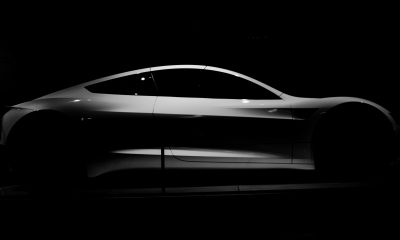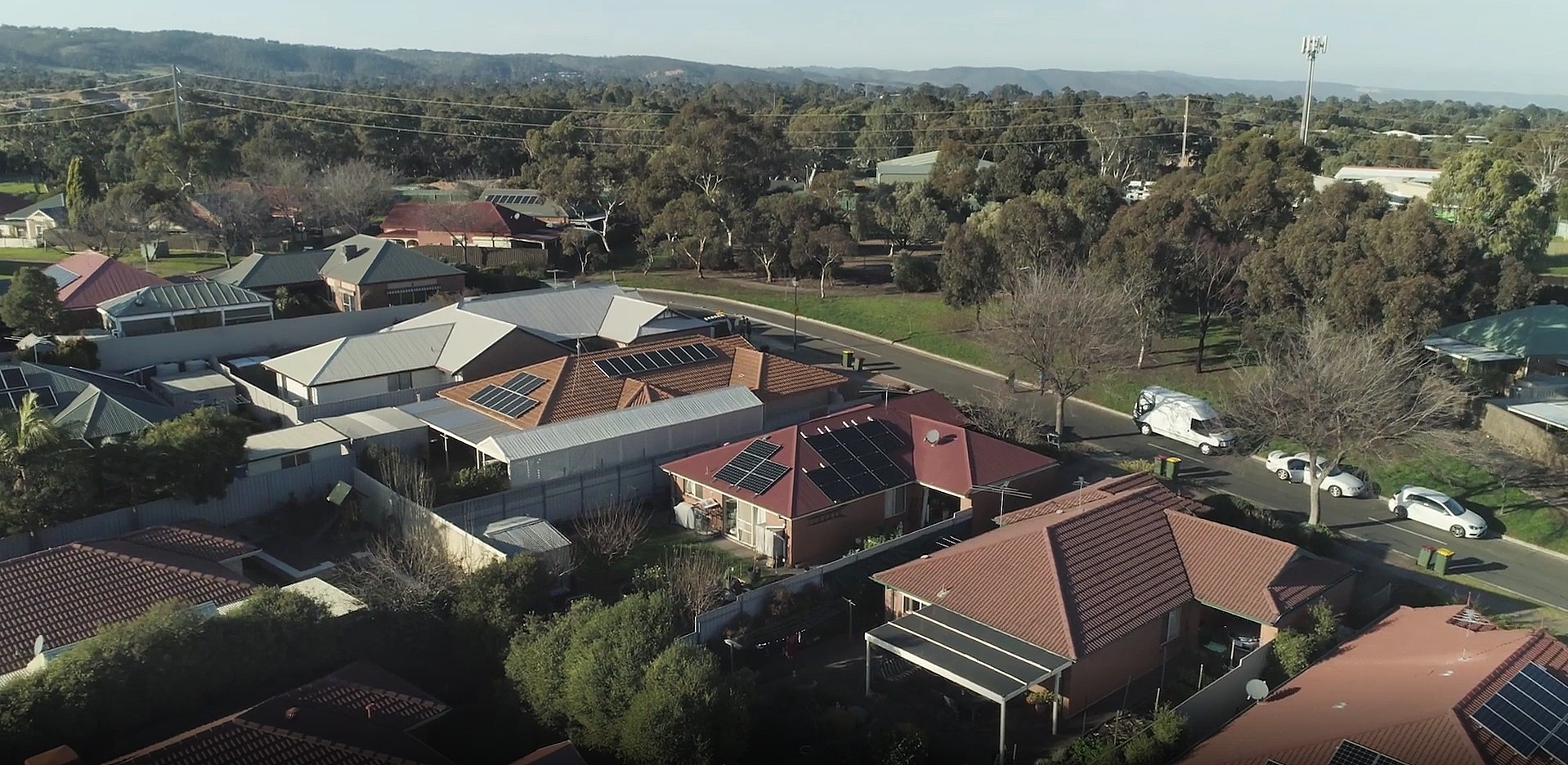
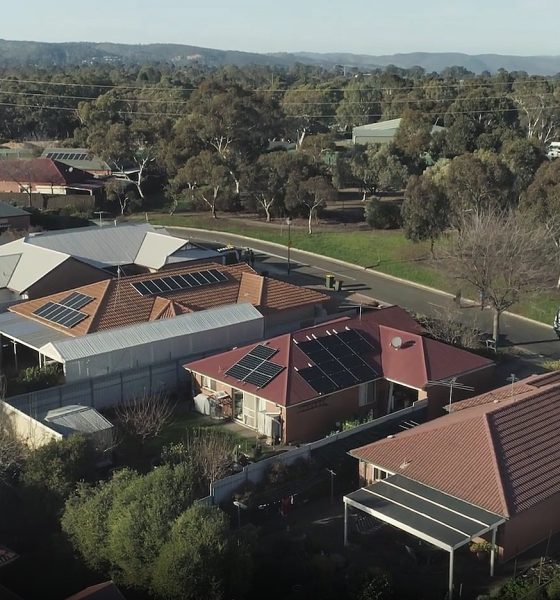
Energy
Tesla Virtual Power Plant in Australia is proving that community-powered grids are feasible
Tesla’s Virtual Power Plant (VPP) in South Australia is proving that a network of homes with residential solar and battery storage systems can be used to effectively aid the national electricity grid. The project is still in its early stages, but based on its performance so far, Tesla’s VPP is looking to be yet another disruptive force in Australia’s energy market.
The Australian Energy Market Operator (AEMO) recently released the first report from its Virtual Power Plant Demonstration Program. The report showed how consumer devices, when aggregated and coordinated, can contribute to a secure electricity system in a real-world setting. Based on the report, the South Australia VPP has been tapped to support the region’s grid several times since its first phases were completed, and so far, the verdict has been resoundingly positive.
In October 2019, for example, the VPP was tapped to address an unexpected failure at one of the region’s biggest generating units at the Kogan Creek Power Station, which took out 748 MW of capacity. Immediately after the failure, the Tesla VPP detected the frequency excursion and responded quickly, helping in frequency recovery. The quickness of the Virtual Power Plant was impressive, and it hinted that a community-driven, sustainable backup system might very well be feasible.
Even in instances when the VPP underperformed, the system still showed potential. During the Victoria and South Australia regional separation event in November 2019, which left South Australia islanded for almost five hours, the Virtual Power Plant was only able to deliver 828 kW out of the needed 1 MW, as noted by Energy Locals and Tesla in their report. This proved to be a small speed bump for the VPP, though, as the issue was immediately fixed by remotely reconfiguring non-compliant systems in the power plant.
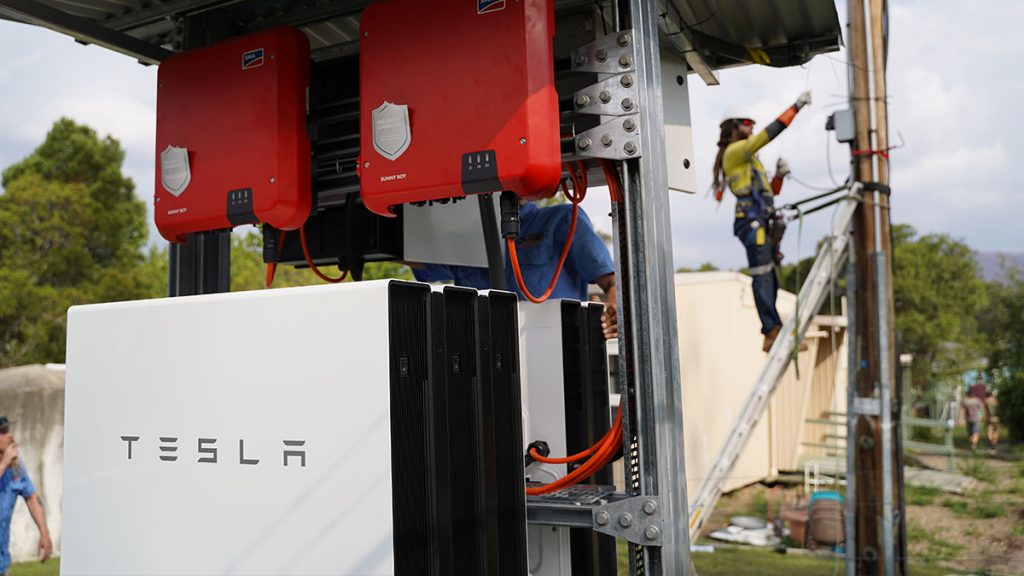
“Since this event, Tesla informs AEMO that it has introduced daily checks on all systems to ensure they are responding according to the expected configuration requirements. It is expected that this approach will mitigate the risk of any future under-delivery,” the report read.
Tesla’s South Australia Virtual Power Plant had another chance to prove itself in December 2019, when the National Electricity Market experienced both high and low-frequency events within 45 minutes of each other. The response from the VPP was quick, charging its batteries to lower system frequency, and then discharging the energy storage units to raise system frequency. This event, if any, showed that the community-driven system was very flexible.
Tesla has provided its own insights based on the South Australia Virtual Power Plant’s performance so far. The company noted that the system had several opportunities to demonstrate its capabilities, as well as provide hints at its revenue earning potential. “Specifically, the capability of aggregated assets to rapidly respond to frequency deviations and provide critical system security services. This has also meant VPPs can access revenues from markets that aggregated assets, particularly smaller aggregated assets, have traditionally been excluded from,” Tesla noted.
What is most remarkable is that Tesla’s Virtual Power Plant in South Australia is already addressing the needs of the grid despite being only fractionally complete. The project is reportedly in its second phase, which involves the network growing to about 1,100 homes equipped with residential solar and Powerwall batteries. This is but the tip of the iceberg for Tesla’s actual VPP plans, as the electric car maker aims to build a network of 50,000 homes that are ready to serve as backup to the region’s grid anytime. If ~1,100 homes can already perform this well, then it’s pretty exciting to infer how capable a completed, 50,000-strong Tesla Virtual Power Plant could be.
Energy
Tesla VP hints at Solar Roof comeback with Giga New York push
The comments hint at possible renewed life for the Solar Roof program, which has seen years of slow growth since its 2016 unveiling.

Tesla’s long-awaited and way underrated Solar Roof may finally be getting its moment. During the company’s Q3 2025 earnings call, Vice President of Energy Engineering Michael Snyder revealed that production of a new residential solar panel has started at Tesla’s Buffalo, New York facility, with shipments to customers beginning in the first quarter of 2026.
The comments hint at possible renewed life for the Solar Roof program, which has seen years of slow growth since its 2016 unveiling.
Tesla Energy’s strong demand
Responding to an investor question about Tesla’s energy backlog, Snyder said demand for Megapack and Powerwall continues to be “really strong” into next year. He also noted positive customer feedback for the company’s new Megablock product, which is expected to start shipping from Houston in 2026.
“We’re seeing remarkable growth in the demand for AI and data center applications as hyperscalers and utilities have seen the versatility of the Megapack product. It increases reliability and relieves grid constraints,” he said.
Snyder also highlighted a “surge in residential solar demand in the US,” attributing the spike to recent policy changes that incentivize home installations. Tesla expects this trend to continue into 2026, helped by the rollout of a new solar lease product that makes adoption more affordable for homeowners.
Possible Solar Roof revival?
Perhaps the most intriguing part of Snyder’s remarks, however, was Tesla’s move to begin production of its “residential solar panel” in Buffalo, New York. He described the new panels as having “industry-leading aesthetics” and shape performance, language Tesla has used to market its Solar Roof tiles in the past.
“We also began production of our Tesla residential solar panel in our Buffalo factory, and we will be shipping that to customers starting Q1. The panel has industry-leading aesthetics and shape performance and demonstrates our continued commitment to US manufacturing,” Snyder said during the Q3 2025 earnings call.
Snyder did not explicitly name the product, though his reference to aesthetics has fueled speculation that Tesla may finally be preparing a large-scale and serious rollout of its Solar Roof line.
Originally unveiled in 2016, the Solar Roof was intended to transform rooftops into clean energy generators without compromising on design. However, despite early enthusiasm, production and installation volumes have remained limited for years. In 2023, a report from Wood Mackenzie claimed that there were only 3,000 operational Solar Roof installations across the United States at the time, far below forecasts. In response, the official Tesla Energy account on X stated that the report was “incorrect by a large margin.”
Energy
Tesla China’s Megafactory helps boost Shanghai’s battery exports by 20%: report
Located in the Lingang New Area of the Shanghai Free Trade Zone, the Tesla Megafactory has been running at full throttle since opening in February.
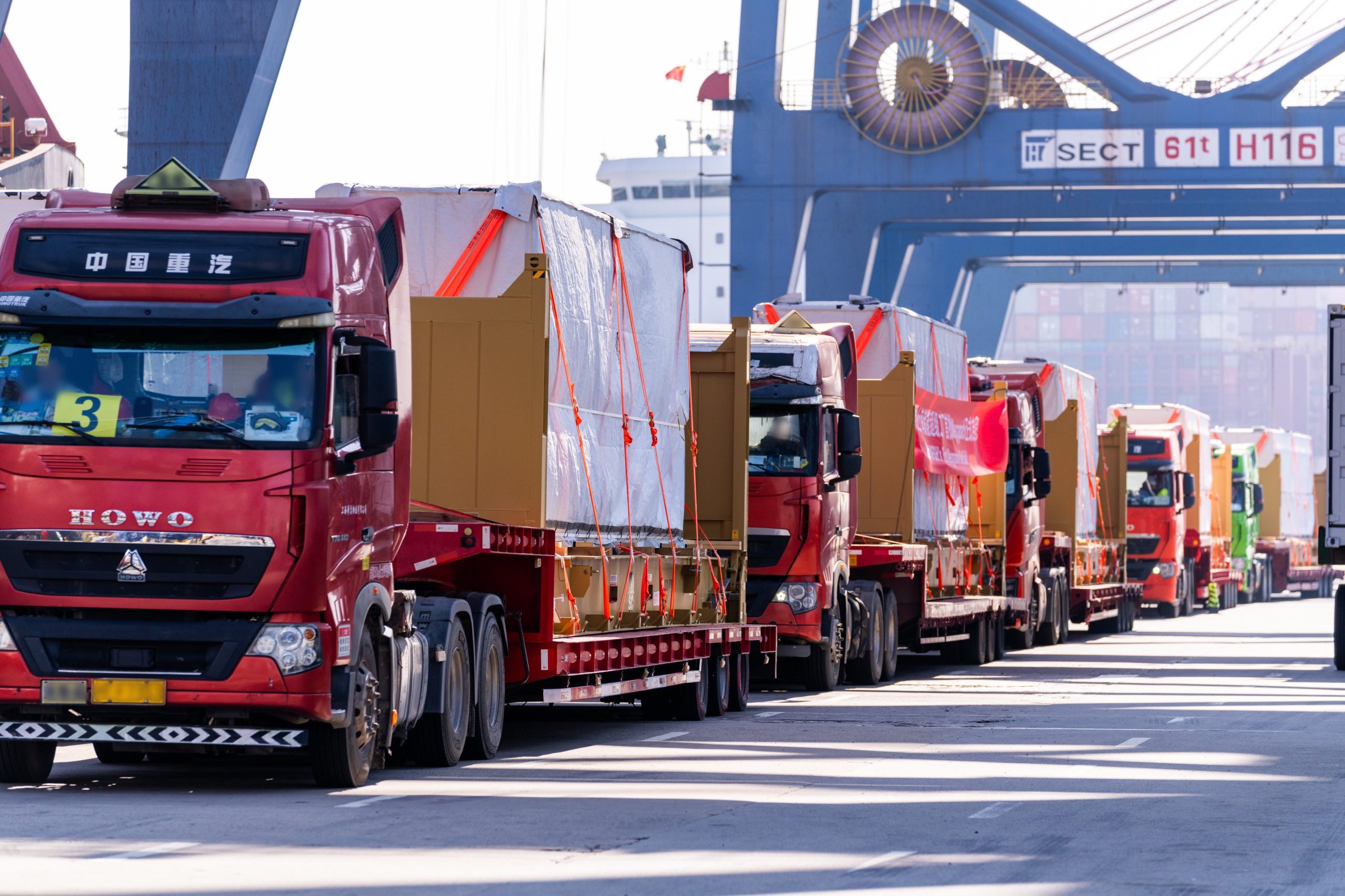
Reports from China have indicated that the Tesla Shanghai Megafactory has become a notable player in China’s booming battery export market.
Located in the Lingang New Area of the Shanghai Free Trade Zone, the Tesla Megafactory has been running at full throttle since opening in February. It produces Tesla Megapack batteries for domestic and international use.
Tesla Shanghai Megafactory
As noted in a report from Sina Finance, the Tesla Shanghai Megafactory’s output of Megapack batteries helped drive a notable rise in lithium battery shipments from the city in the first three quarters of 2025. This is quite impressive as the Megafactory is a rather young facility, though it has been steadily increasing its production capacity.
“The establishment of this benchmark factory has not only driven the rapid development of Shanghai’s energy storage industry but also become a new growth engine for foreign trade exports. Driven by the Tesla energy storage factory’s opening, Shanghai’s lithium battery exports reached 32.15 billion yuan ($4.5 billion) in the first three quarters, a 20.7% increase,” the publication wrote.
Ultimately, the Shanghai Megafactory has proved helpful to the city’s “new three” industries, which are comprised of new energy vehicles, lithium batteries, and photovoltaic systems. Exports of the “new three” products reached 112.17 billion yuan ($15.7 billion), a 6.3% year-over-year increase during the same period. The city’s total trade volume grew 5.4% year-over-year as well, with exports up 11.3%, driven largely by the clean energy sector’s performance.
Energy storage is helping Shanghai
Since opening in February, the Shanghai Megafactory has been firing on all cylinders. In late July, Tesla Energy announced that the new battery factory has successfully produced its 1,000th Megapack unit. That’s quite impressive for a facility that, at the time, had only been operational for less than six months.
Speed has always been a trademark of the Shanghai Megafactory. Similar to Tesla’s other key facilities in China, the Megafactory was constructed quickly. The facility started its construction on May 23, 2024. Less than a year later, the site officially started producing Megapack batteries. By late March 2025, Tesla China noted that it had shipped the first batch of Megapack batteries from the Shanghai plant to foreign markets.
Energy
Tesla recalls Powerwall 2 units in Australia
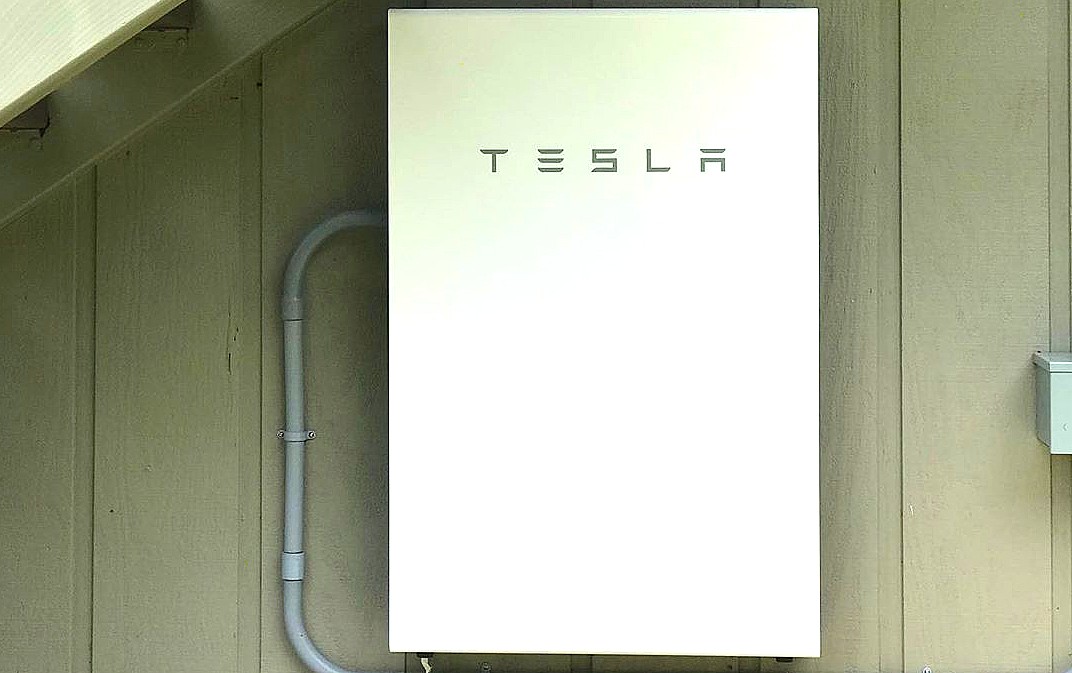
Tesla will recall Powerwall 2 units in Australia after a handful of property owners reported fires that caused “minor property damage.” The fires were attributed to cells used by Tesla in the Powerwall 2.
Tesla Powerwall is a battery storage unit that retains energy from solar panels and is used by homeowners and businesses to maintain power in the event of an outage. It also helps alleviate the need to rely on the grid, which can help stabilize power locally.
Powerwall owners can also enroll in the Virtual Power Plant (VPP) program, which allows them to sell energy back to the grid, helping to reduce energy bills. Tesla revealed last year that over 100,000 Powerwalls were participating in the program.
Tesla announces 100k Powerwalls are participating in Virtual Power Plants
The Australia Competition and Consumer Commission said in a filing that it received several reports from owners of fires that led to minor damage. The Australian government agency did not disclose the number of units impacted by the recall.
The issue is related to the cells, which Tesla sources from a third-party company.
Anyone whose Powerwall 2 unit is impacted by the recall will be notified through the Tesla app, the company said.
-
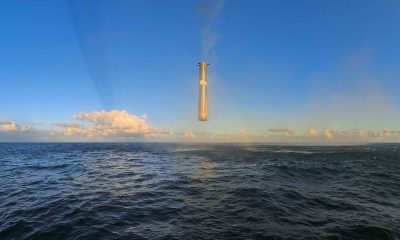
 Elon Musk2 weeks ago
Elon Musk2 weeks agoSpaceX posts Starship booster feat that’s so nutty, it doesn’t even look real
-

 Elon Musk2 weeks ago
Elon Musk2 weeks agoTesla Full Self-Driving gets an offer to be insured for ‘almost free’
-
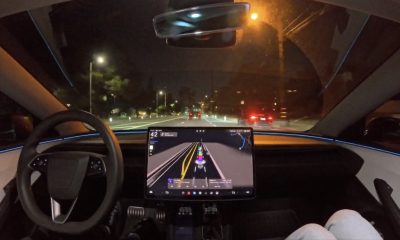
 News2 weeks ago
News2 weeks agoElon Musk confirms Tesla FSD V14.2 will see widespread rollout
-

 News2 weeks ago
News2 weeks agoTesla is adding an interesting feature to its centerscreen in a coming update
-
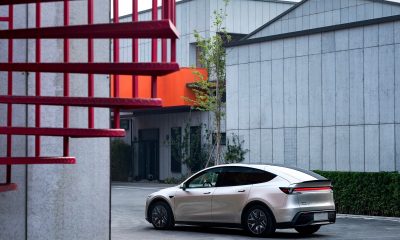
 News2 weeks ago
News2 weeks agoTesla launches new interior option for Model Y
-
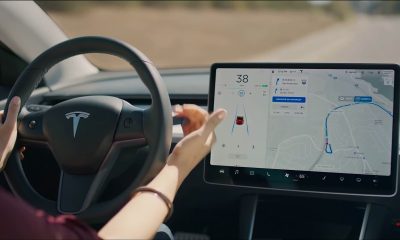
 News2 weeks ago
News2 weeks agoTesla widens rollout of new Full Self-Driving suite to more owners
-
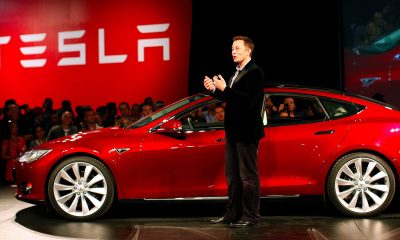
 Elon Musk2 weeks ago
Elon Musk2 weeks agoTesla CEO Elon Musk’s $1 trillion pay package hits first adversity from proxy firm
-

 News1 week ago
News1 week agoTesla might be doing away with a long-included feature with its vehicles


